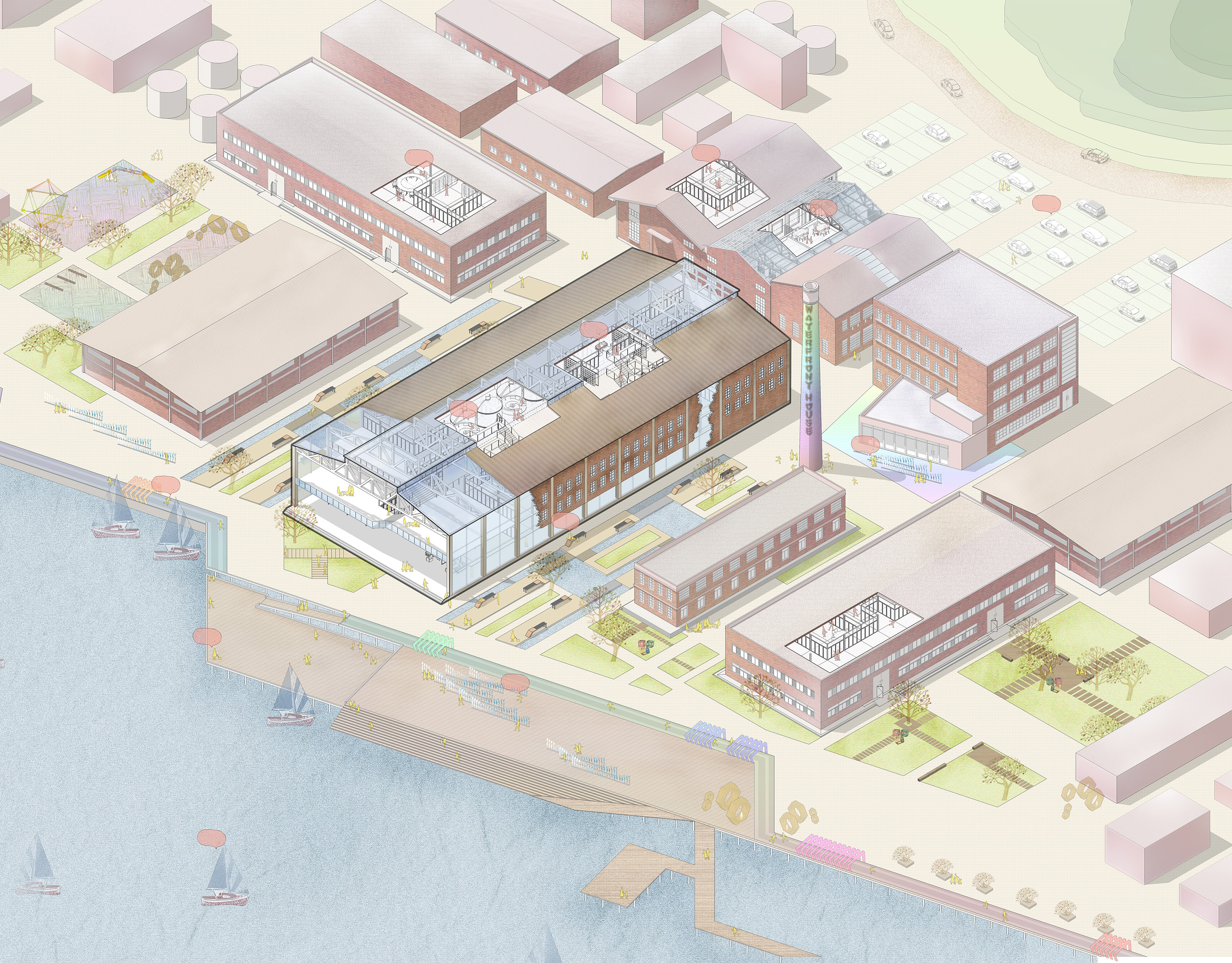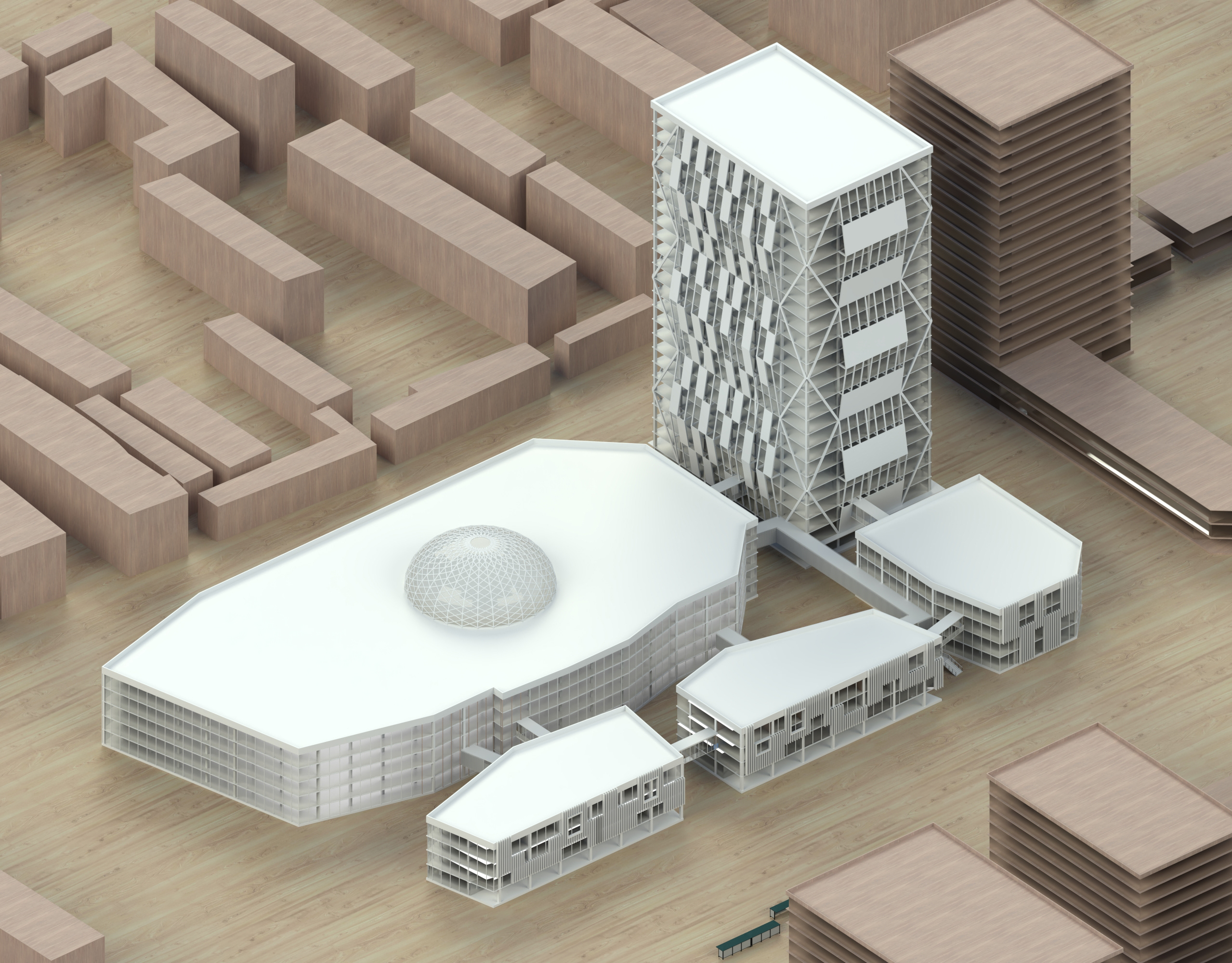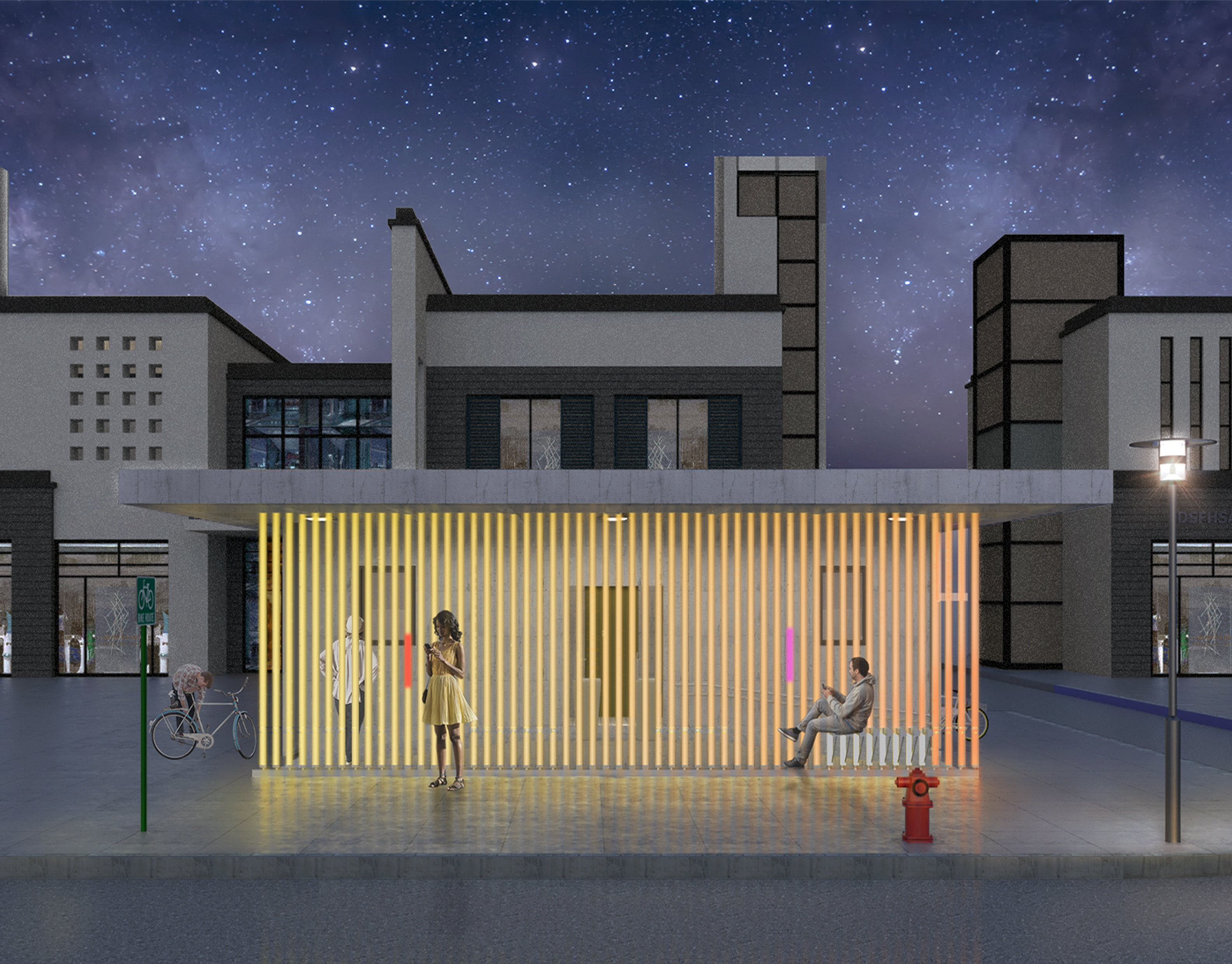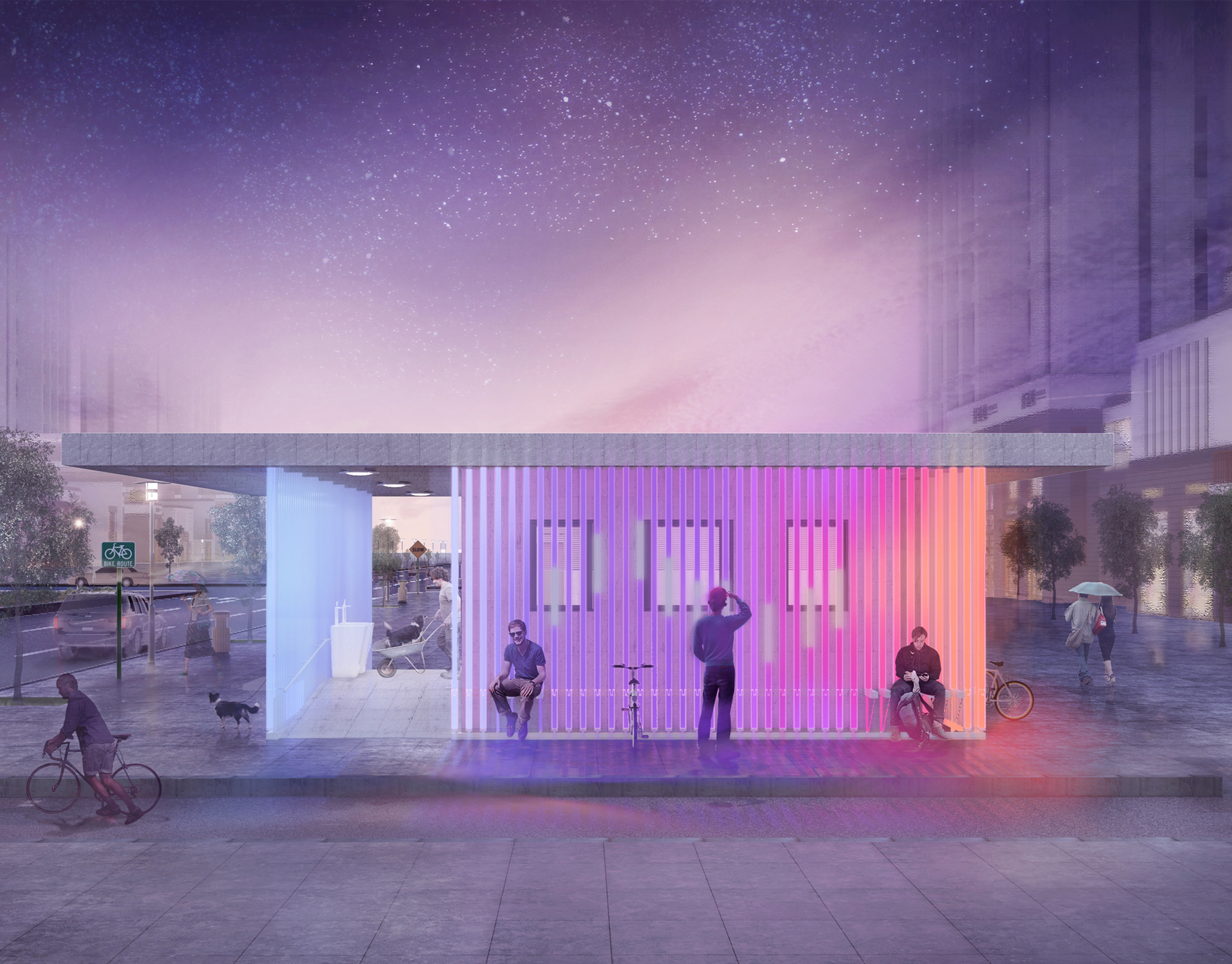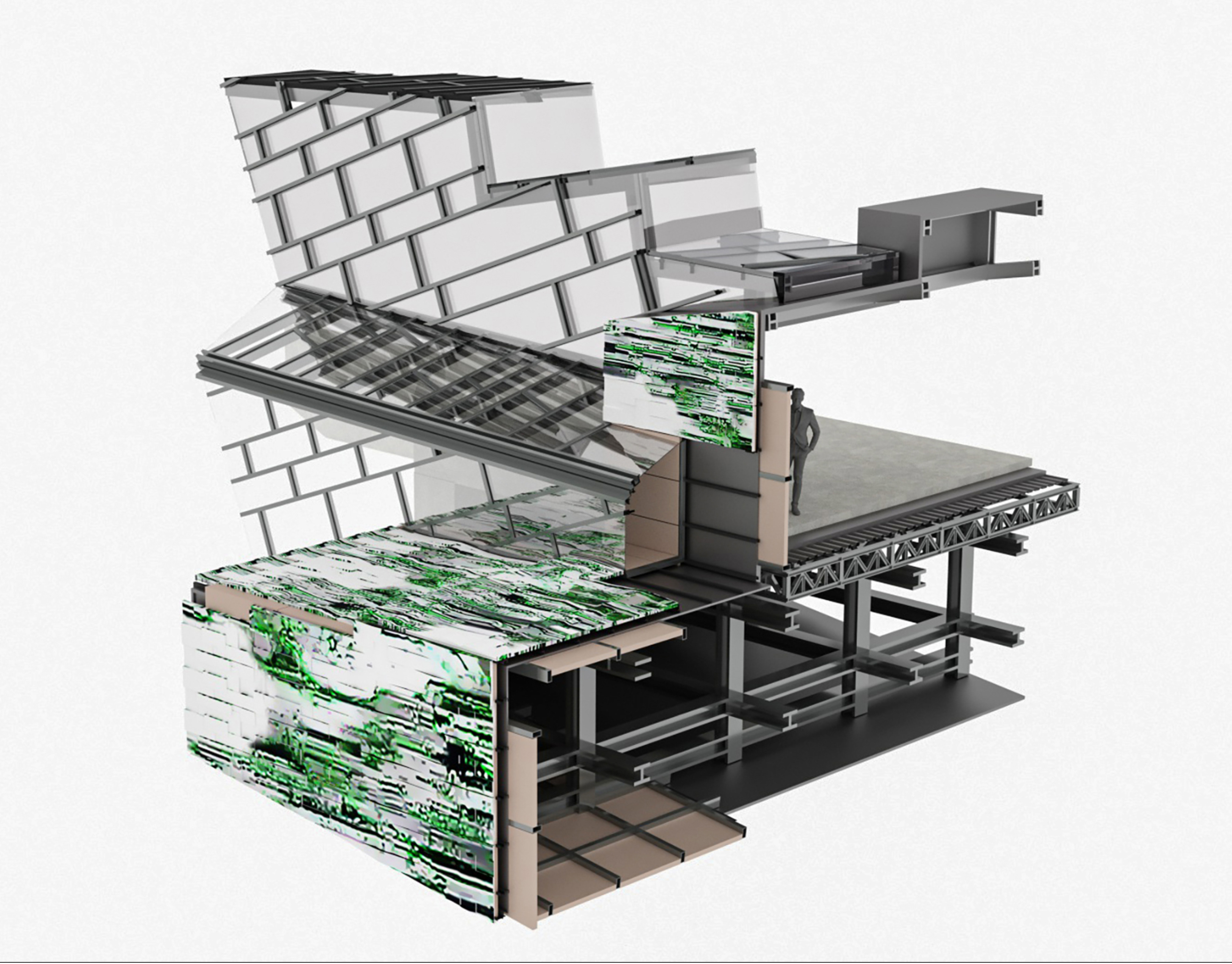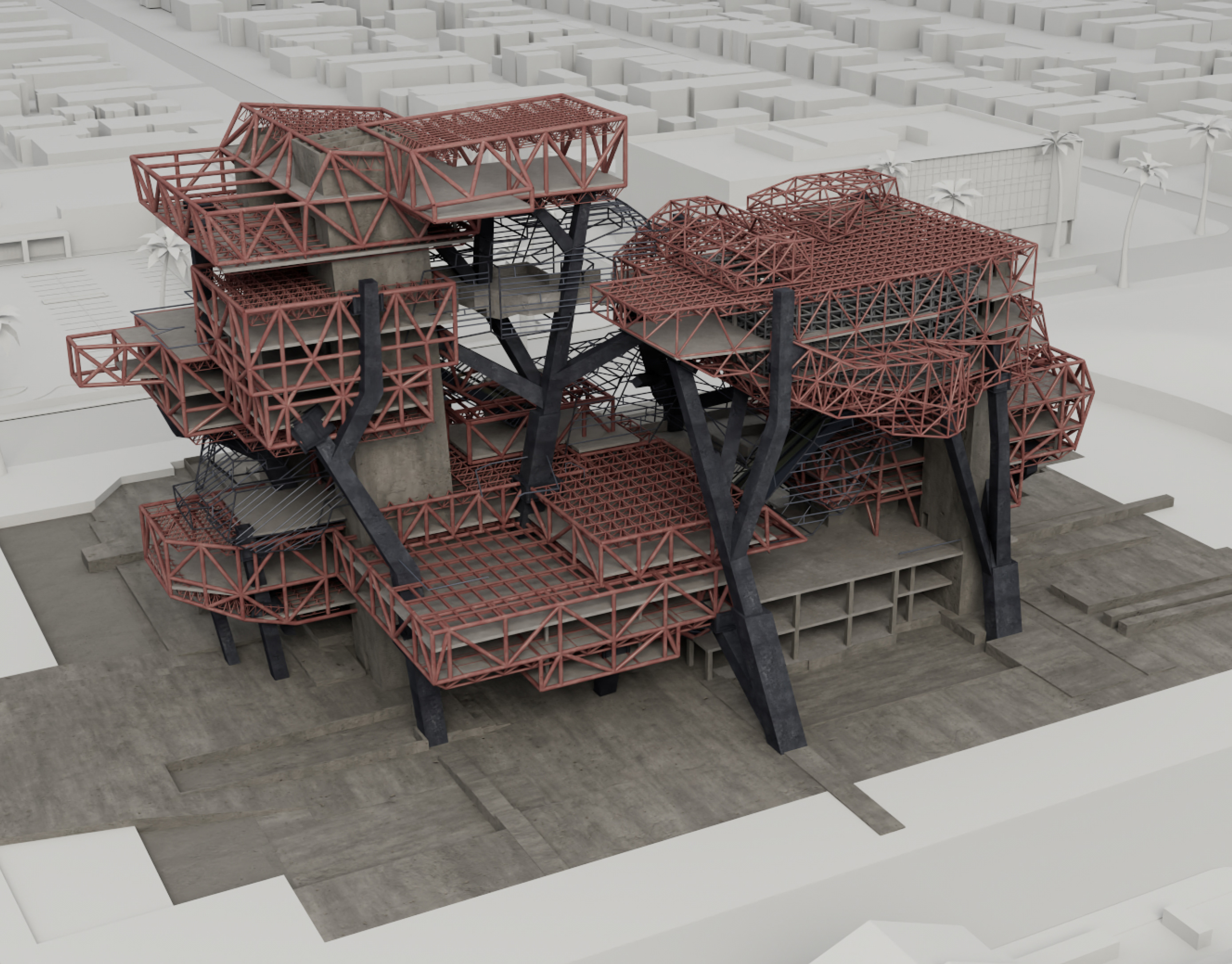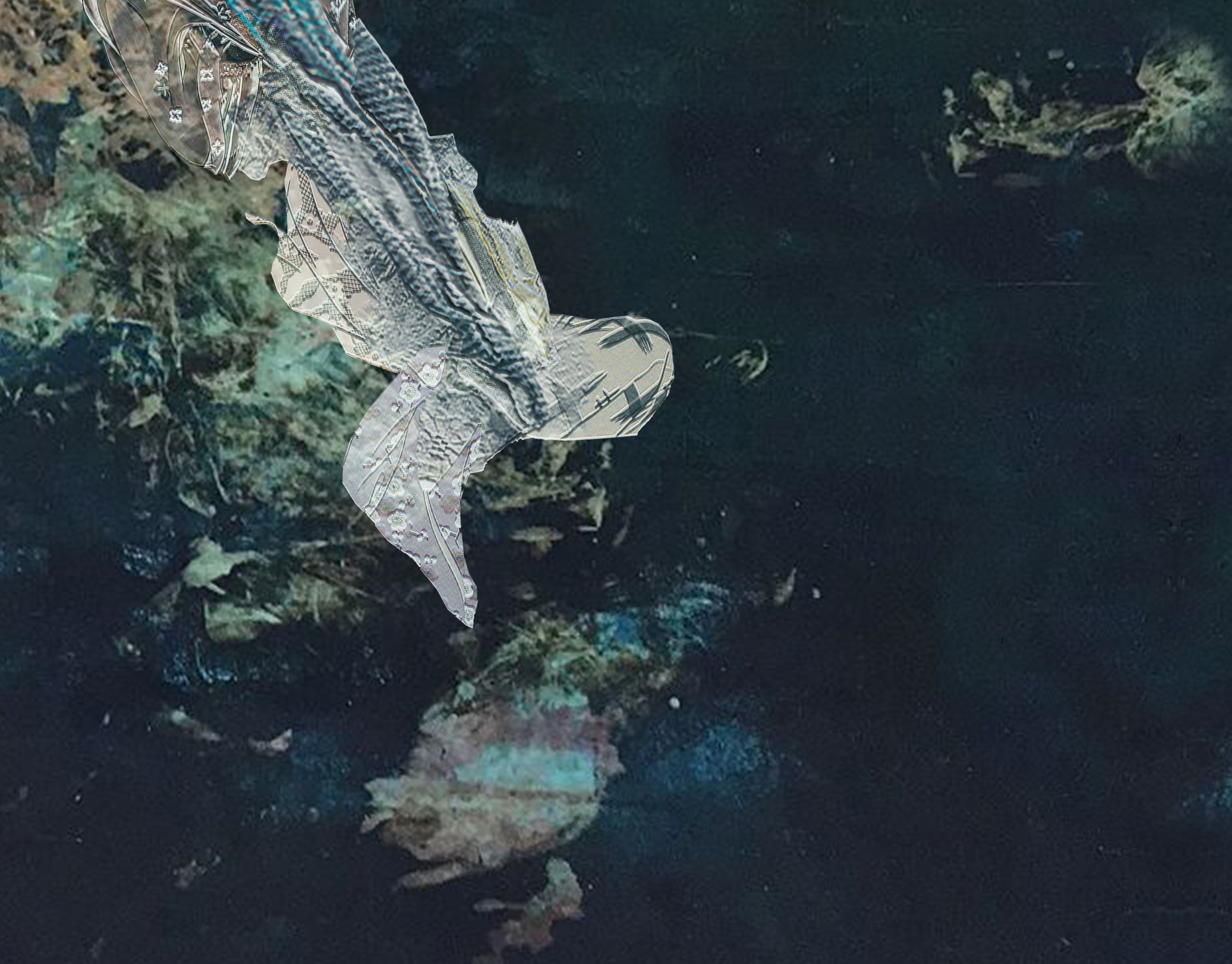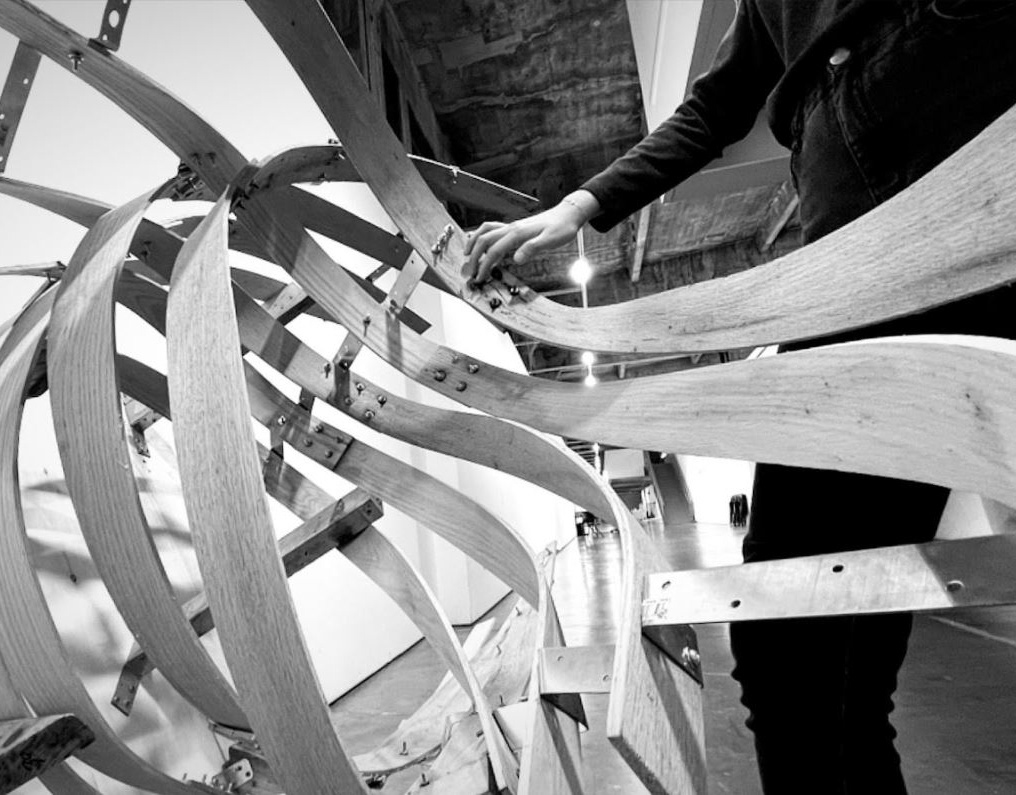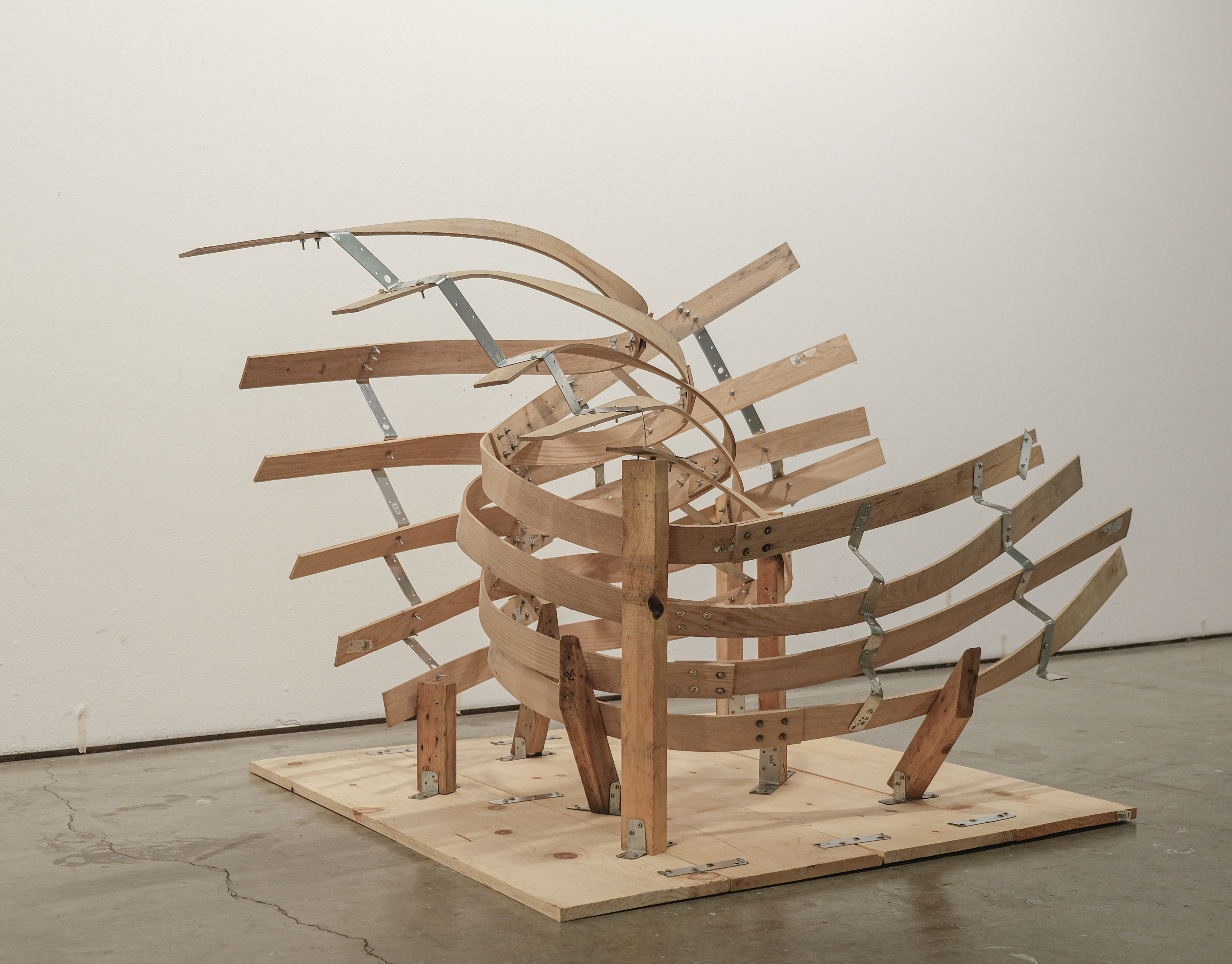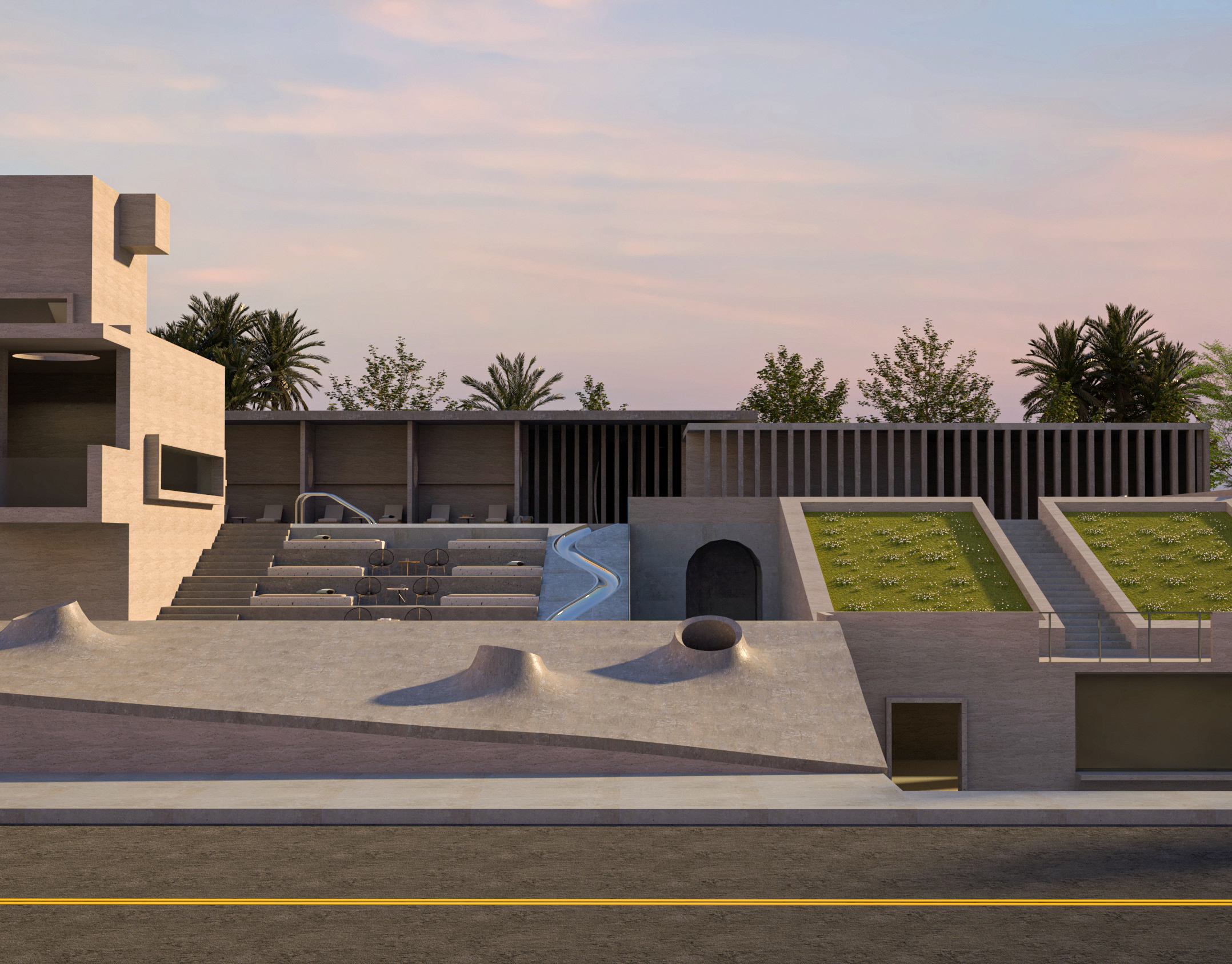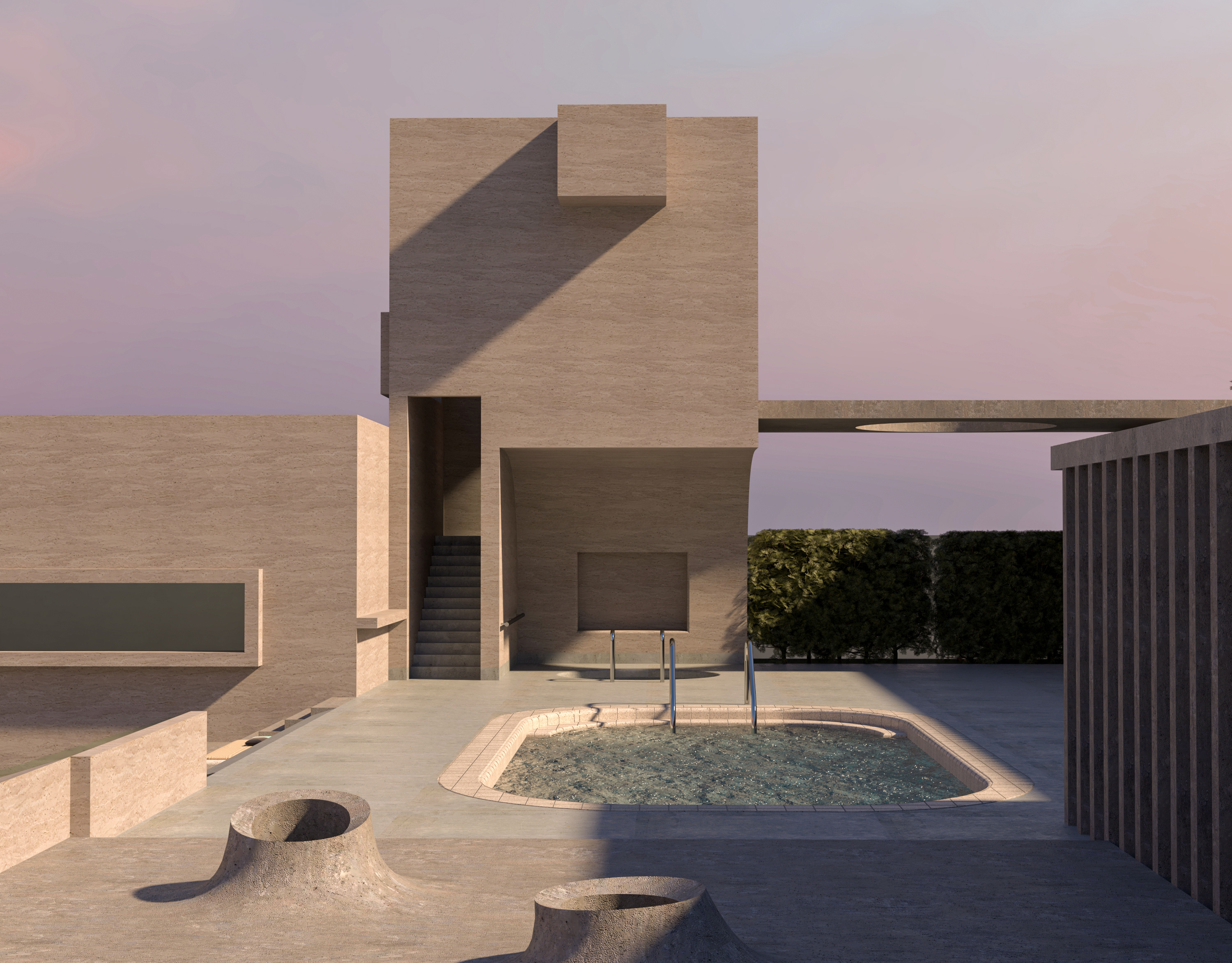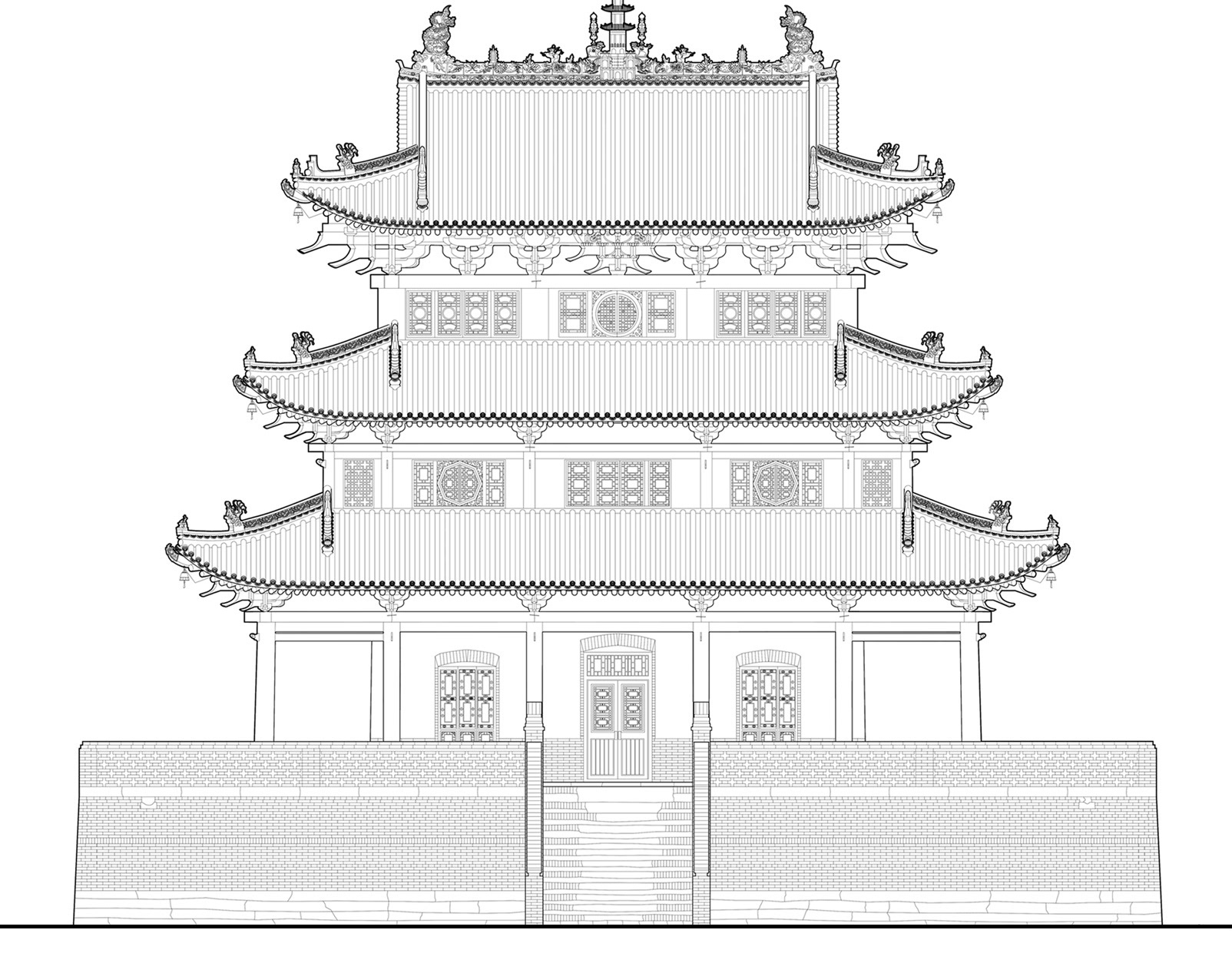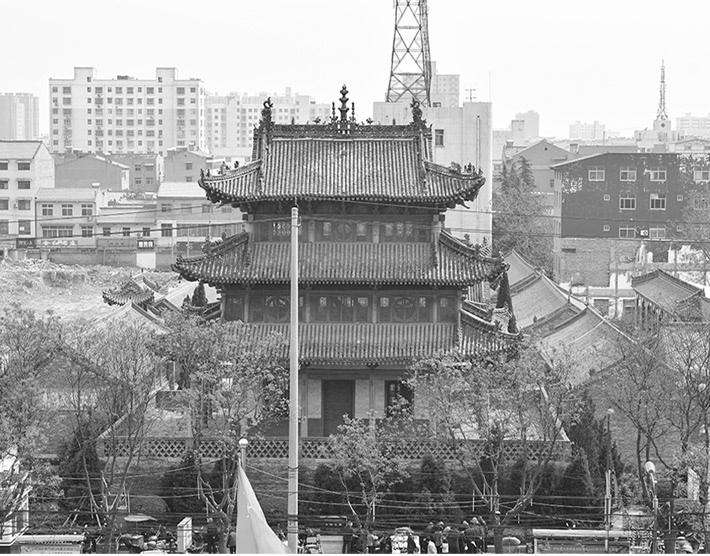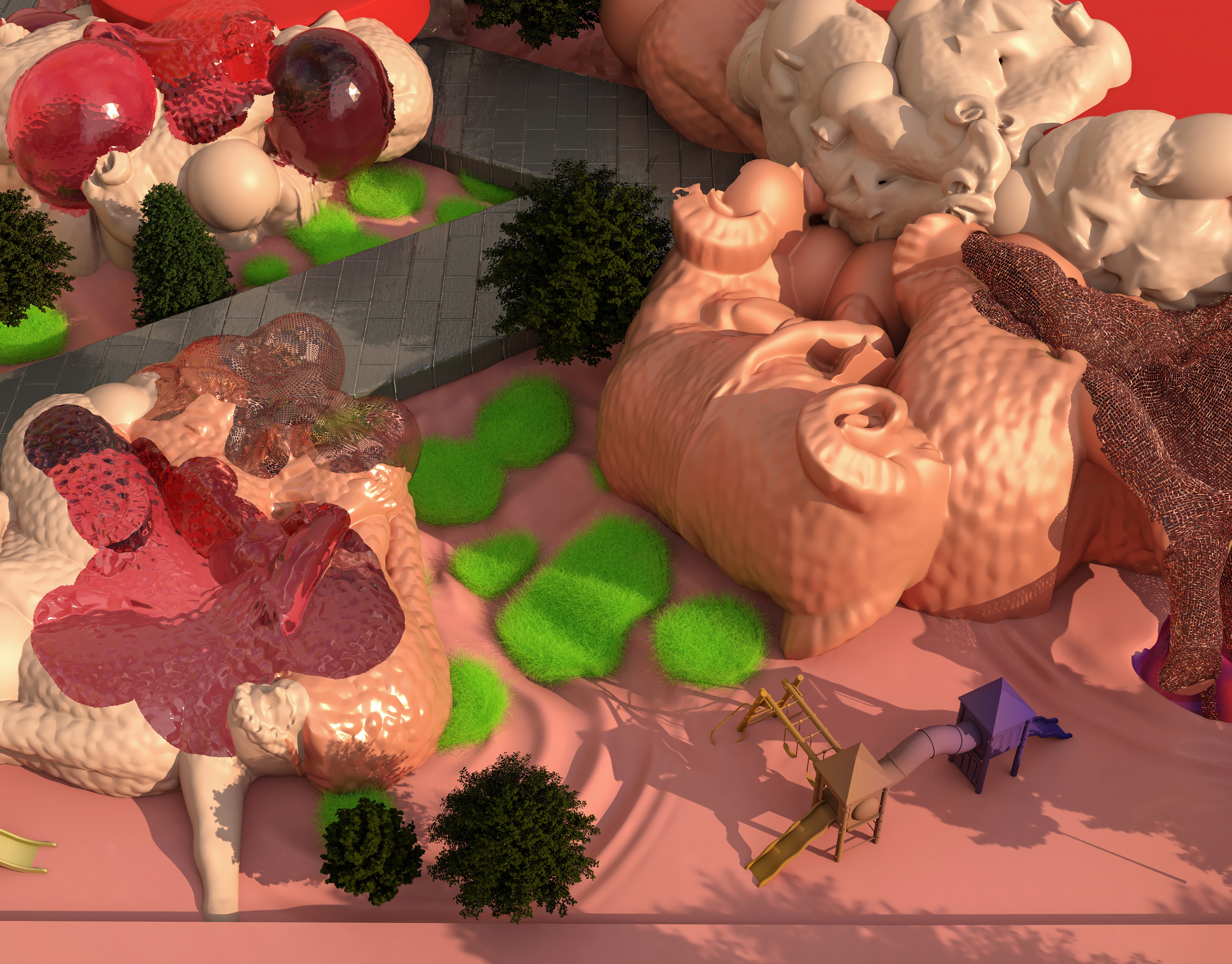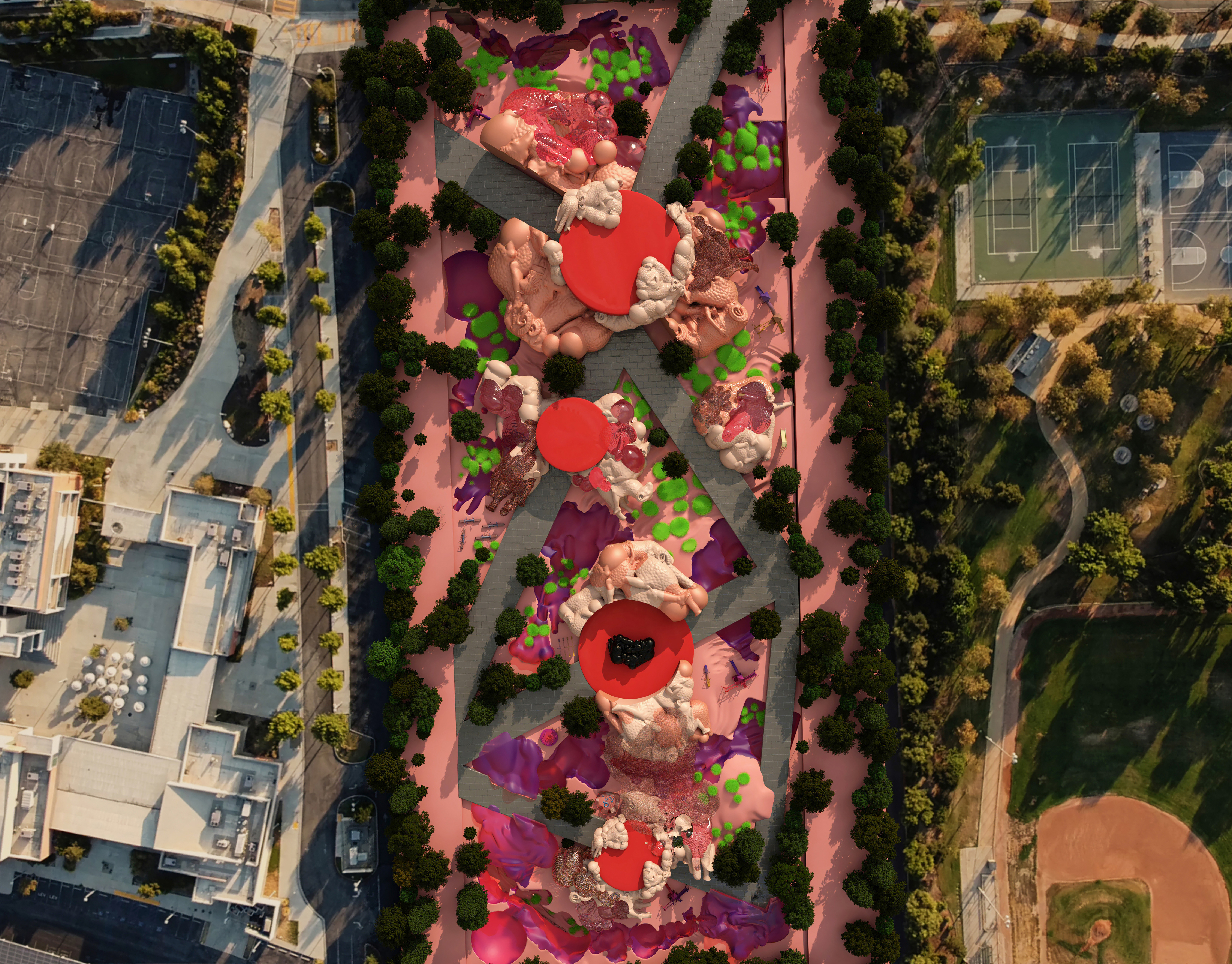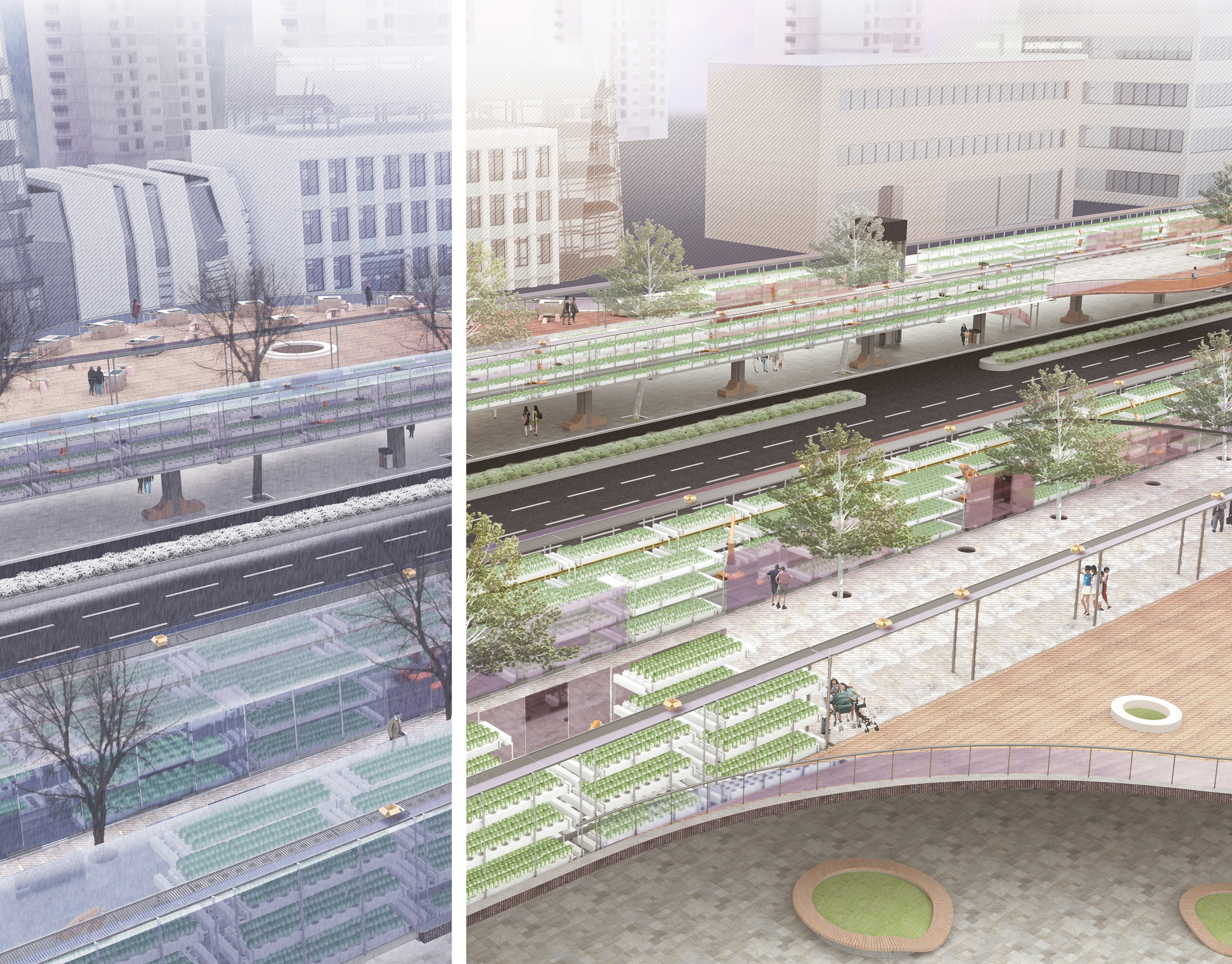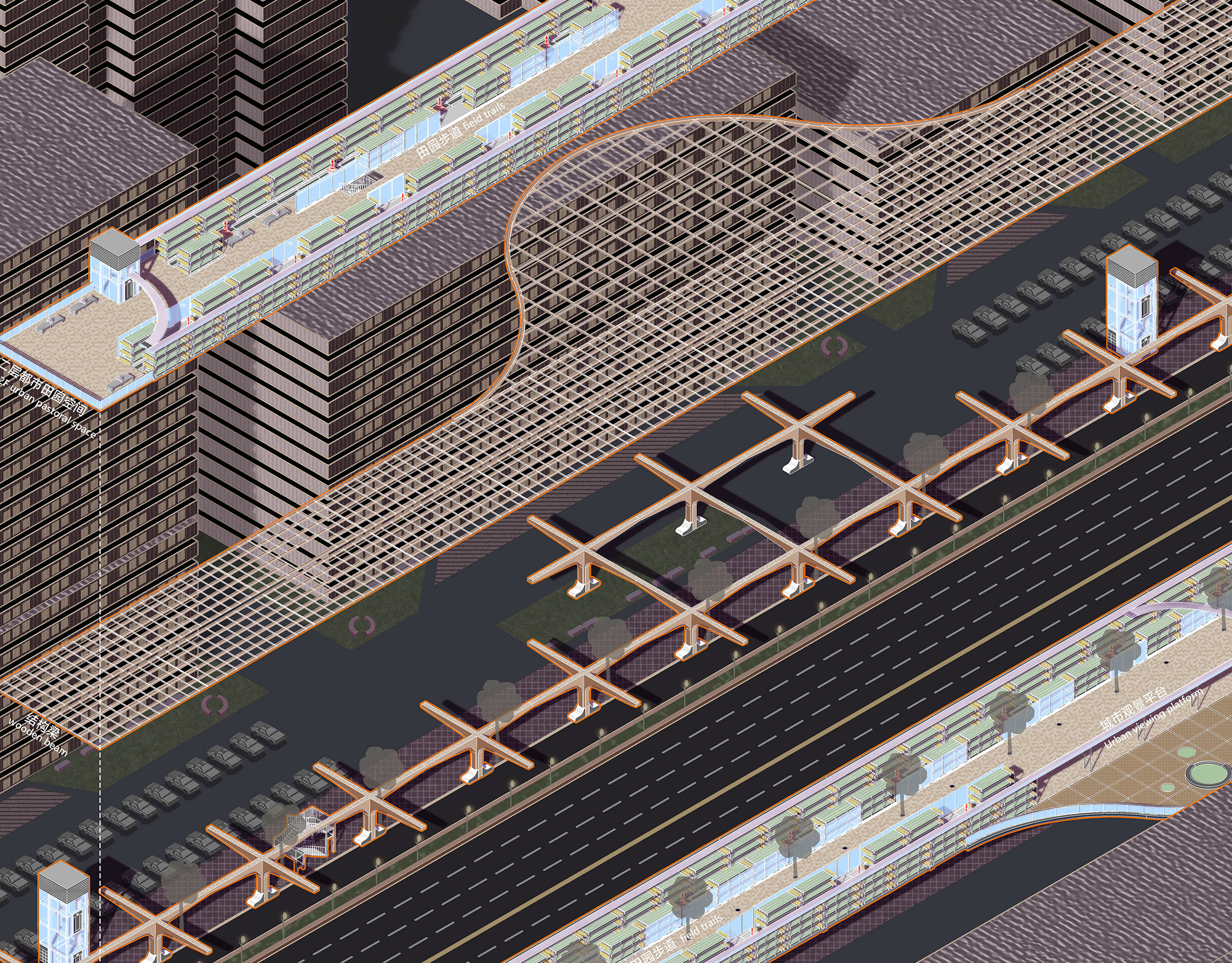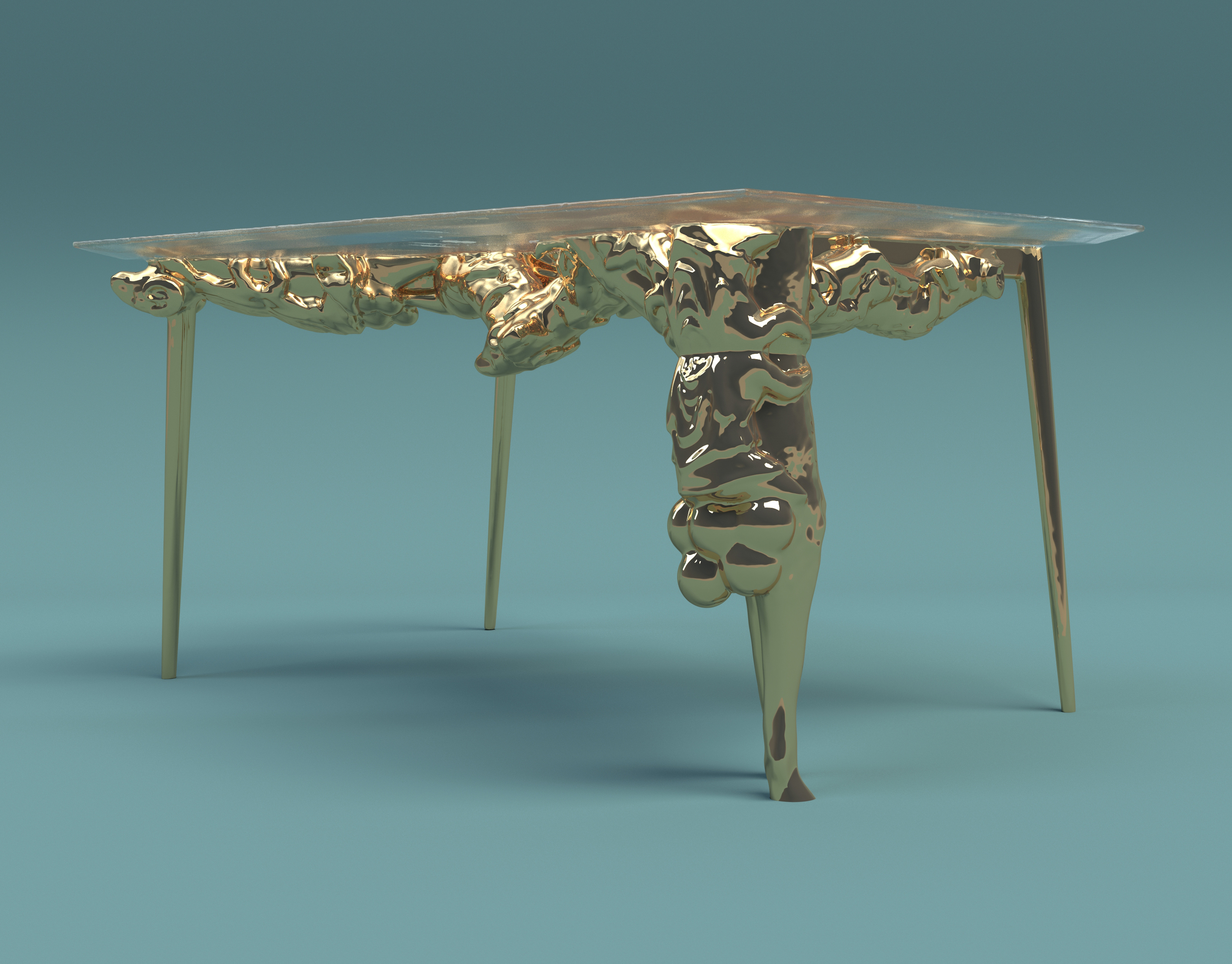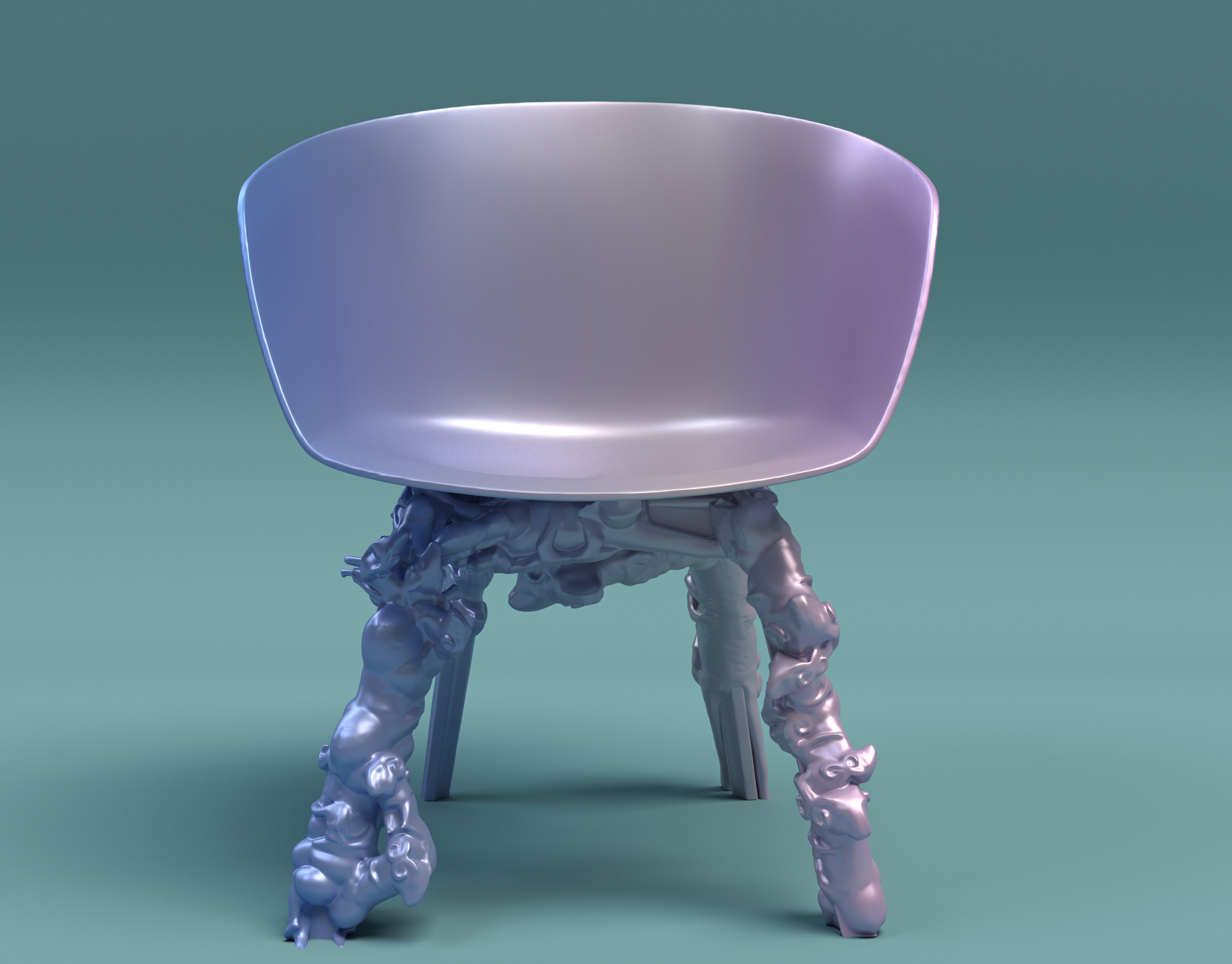Category: Graduate Thesis
Role: Individual Work
Instructor: Kristy Balliet
The project begins with a rethinking of the relationship between the city, its building, and its inhabitants. Now in a world where people are more mobile than they have been in centuries, cities are facing a problem they rarely plan for: their citizens are moving away. Cities exist to make people’s lives more efficient, but they become less efficient as they become endlessly expansive and resources are gradually depleted. When jobs and resources begin to dwindle, modern cities, like Detroit, suffer a difficult and often wasteful process of urban shrinkage.
At the same time, Covid outbreaks not only put people in highly populated cities at risk but also challenge urban systems. The fact that people are increasingly working and studying online during the pandemic also opens up more possibilities regarding people’s physical location and access to services. Now, more and more people are working remotely. Their place of residence is no longer constrained by geography, which makes nomadic living possible.
Based on this idea, I came up with the idea of designing a mobile nomadic city. The nomadic city is built on top of an existing urban system, which envisions the existing city to be progressively smaller in size, although retaining the capacity for industrial production. Nomadic cities can travel between existing cities or wander the planet without purpose. They have multiple systems to keep them running, such as food production, freshwater treatment, energy systems, etc.
Each nomadic city has a maximum movement speed of 30 mph and a maximum capacity of 5,000 people. The nomadic city will not always travel, along its route, there are multiple stopovers where it will deform, unfold or fold into the middle of a specially designed platform. The nomadic city consists of six mechanical devices. These devices are the city's mobile engine, while the platform can be unfolded by a crane. Each platform has support devices underneath to ensure that they can adapt to various terrains.
The city will stay in one place for several days where people can carry out various activities on different platforms. Some of the platforms are responsible for food production, with pastures, lakes, and soilless rooms. Some platforms are for entertainment, socializing, and trading. There are also platforms with wind farms and - solar panels, which absorb energy that is stored in batteries. This platform consists of many modules. These modules are stored below the ground. When they need to be used, they will be transformed into various activity spaces.When the city comes to a stop, a lift located at its base will open. There are two types of this lift, one for transporting houses and the other for transporting people.
